This year’s conference met at Purdue, which offered the opportunity to see the campus. Founded in 1869, Purdue is a land-grant institution that serves nearly 50,000 students. There are multiple chemistry buildings, incredible resources, and a beautiful campus. I savor the energy of large universities. They are amazing places of learning and growth. It is so energizing to spend time in these spaces.
I also enjoy exploring college and university campuses. Besides the energy charge, I relish seeing the organization and architecture of other campuses, the resources they offer their students, and how college students live now. Things have changed a lot since I was a freshman living in the dorms. It’s interesting to see the differences and similarities.
The Purdue Clock Tower
First Street Towers Room 214: my home away from home.
Many conference attendees stayed in the dorms on the west side of campus. I was lucky to get a private room in the First Street Towers. Room 214 was my clean and very echoey home for the duration of the conference. The dorm mattress reminded me each night that I wasn’t as young as I was when I slept on a similar bed my freshman year of college. I don’t know if the mattress I slept on as a freshman at Missouri State was better, if I had a younger back, or a combination of the two. I now prefer my queen Cloud mattress and snuggling with my cats to a dorm bed.
Between workshops, oral presentations, poster sessions, a ballroom full of exhibitors to explore, and several hundred chemical educators to speak with, I had a busy week. I was drawn to presentations and workshops on social justice, equity, scientific literacy, and online education. The content of a few blew me away. Sent my head buzzing with ideas I feel drawn to implement now. At least three didn’t match the content outlined in the presentation abstract. I was very disappointed to discover the gap between the submitted abstract and what was presented.
I was thrilled to also present my work on incorporating the study of ocean acidification into the general chemistry 2 curriculum. I came up with this idea in 2018 while I was on sabbatical. I have been developing this idea to incorporate scientific literacy, reading peer-reviewed journals, analyzing real-world data, and developing and completing their own experiment on ocean acidification. The goal is to unite all of the seemingly disjointed concepts discussed in general chemistry 2 under an over-arching research topic.
During the last 2 days of the conference, I took time between session blocks to find a quiet corner in the reading room at the Wilmeth Active Learning Center to work on ideas I wanted to implement in my classes. They have a library dedicated JUST to engineering and science. I could have spent two more weeks there just researching and developing the ideas I gleaned from the conference. I have enough content from the conference to submit a sabbatical plan now. Alas, my next sabbatical is about four years away.
I returned to Austin with 16 pages of notes full of ideas, citations, and resources, exhausted legs from all the walking and stairs, a rejuvenated spirit, and about a dozen more friends in Pokemon Go. I have enough material to spend the next 2+ years improving my classes and possibly developing a new one.
I am thankful that my college sets aside funds for faculty to attend professional development events like this. My union advocates for these funds to support faculty. Participating in educational conferences is an invaluable resource to an educator.
Education is under attack in this country. Some groups are trying to undermine the system, strip tools and resources from teachers, demonize educators, and compromise the teaching of critical thinking skills to the next generation. In this environment, attending an educational conference is an act of defiance. I see it as a way to maintain a high quality of education in my classroom and keep my corner of the academic world from eroding.
I look forward to the next BCCE conference in 2024 at the University of Kentucky.






